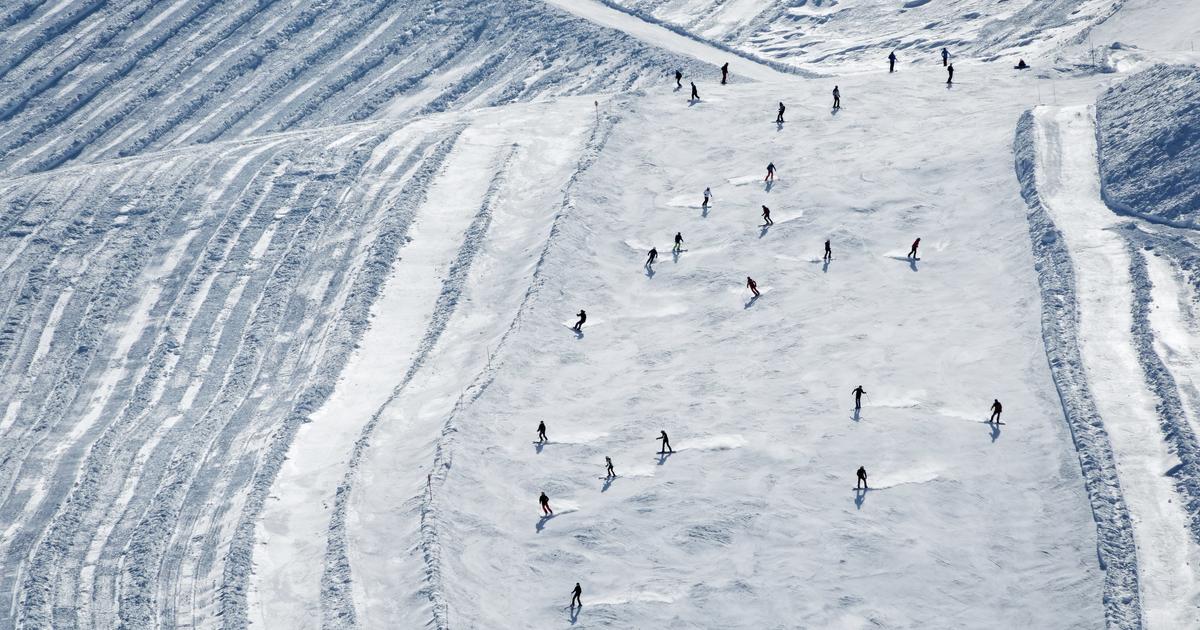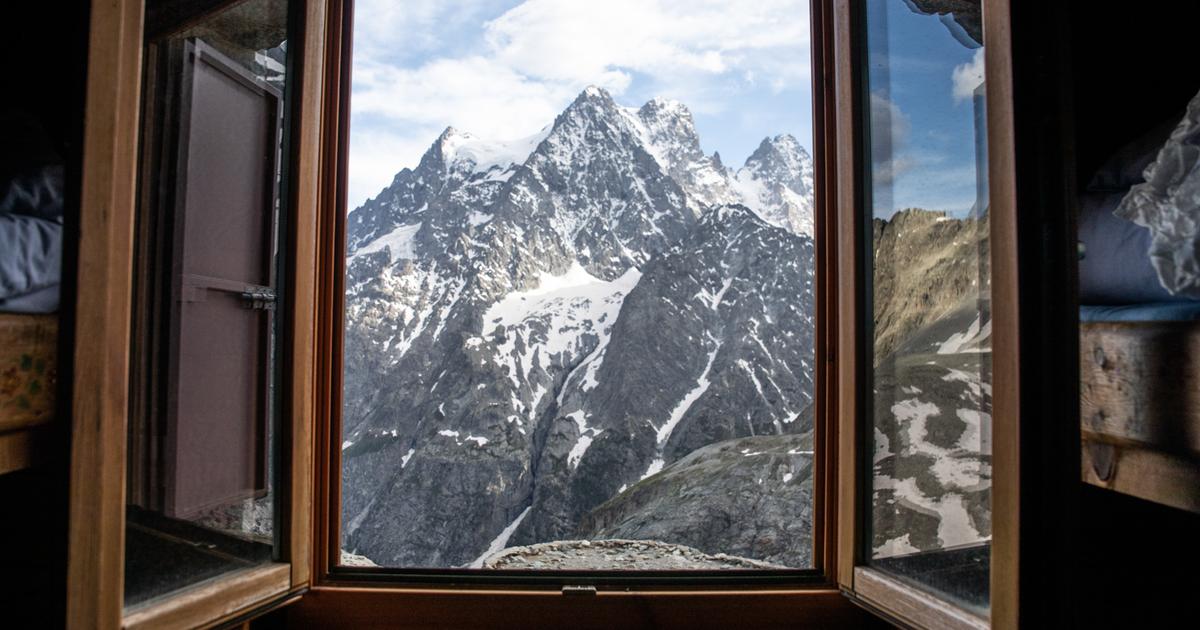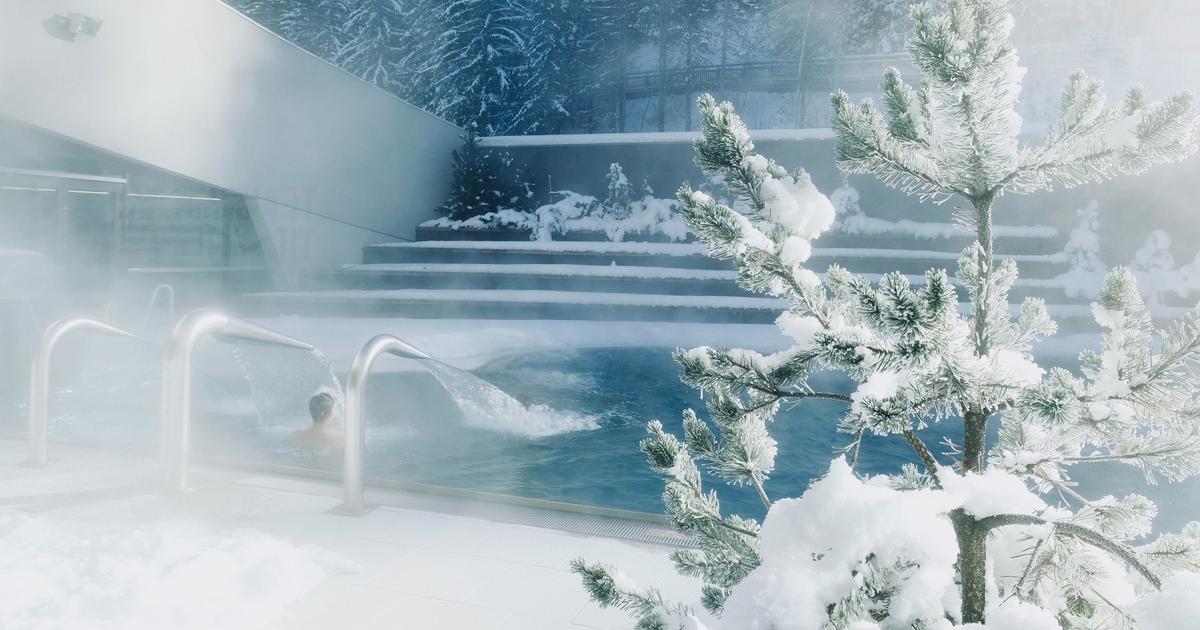The great issue of mountaineering, its greatest mystery, has nothing to do with mountains but with people.
In the motivations of its actors and actresses we find almost the entire epic and literary basis of an activity that is as easy to explain as it is complicated to understand.
Although, sometimes, there is nothing to explain because the motivation is obvious and public.
This was the case of Marie Paradis, the first woman to climb Mont Blanc (4,810 m): she did not use scientific arguments or any curiosity to discover the mystery of the heights.
Her motivation was absolutely prosaic and, in fact, it can be said that it was the first case of marketing based on mountaineering.
Quite simply, Marie Paradis put two and two together and told herself that if she became famous, she could make a better living serving meals in Chamonix.
She needed to get out of poverty.
She did not know how to read or write.
She was also one of the first people outside the bourgeois and aristocratic elites to set foot on Mont Blanc, an initiative encouraged by the local mountain guides who insisted that the common people participate in the adventure of the peaks.
In 1786, the guide Jacques Balmat and the doctor Michel Paccard conquered Mont Blanc, but in 1808 the high mountain remained a mysterious and dark space for anyone other than Balmat, who continued to guide Swiss and English aristocrats to the top.
Twenty-two years had passed since his famous conquest, but the top of Mont Blanc had barely seen twenty ascents.
The accounts of the time differ: some say that it was Balmat who insisted on Marie Paradis to measure herself on the mountain, but in a story by the writer Alexandre Dumas (author of
The Three Musketeers
) it is stated that she was the one who met the guide to ask him for a place in the expedition he was leading, guiding five men, all inhabitants of Chamonix.
Paradis was then 30 years old and worked as an innkeeper.
She wanted a better life, which explains her bravery, unbecoming of her time.
Henriette D'Angeville.
the
excursion
It lasted three days and was an ordeal for Marie Paradis: near the summit, altitude sickness severely affected the young woman, dressed in a skirt, as marked by the aesthetic and modest canons of the time.
Paradis slipped, gasped and suffered so much that at one point she will ask to be thrown "at the bottom of a crack and that everyone can go where they please."
But no one abandons her: Balmat and the rest of her companions pull her, push her, and take over from her to hold her up the slope.
"I felt my legs weaken and I asked Balmat to slow down, as if he were short of breath," Dumas writes after interviewing her.
Some stories go so far as to affirm that she reached the top (on July 14) on the back of her companions;
others, on the other hand, assure that she was able to stand at the top by herself.
On her return, Chamonix celebrates her deed and the heroine Marie Paradis moves to a house where, since then, she will cook to give dinner to all the expeditions that return from Mont Blanc.
However, the history of mountaineering finds it difficult to recognize Marie Paradis as the first mountaineer.
The facts are not discussed, but the motivations.
And this explains why the chronicles are inclined to point to Henriette d'Angeville as the first pure mountaineer: she was the second woman to step on the top of the roof of Europe, 30 years after Paradis did.
The differences are huge.
A single, childless aristocrat, D'Angeville suffered a real crush the first time she saw the whiteness of Mont Blanc, triggering the need to one day step on her slopes.
Privileges of her class, Ella D'Angeville prepares thoroughly: she visits her doctor and he instructs her about the dangers of altitude sickness, guaranteeing severe headaches.
Nothing to worry about her unless she starts spitting up blood, she assures him.
Ella d'Angeville even trains: since she was a little girl she has done great mid-mountain walks and she knows that she needs “robust” legs to measure up to the challenge, so in Chamonix she does all the fashionable excursions.
She also knows that she needs to have the maximum comfort on site to have everything from her side:
There are still no mountain shelters, so the aristocrat sleeps among furs and blankets and, right there, changes her skirt for a kind of pants that she has had sewn to be more comfortable.
No one can see her like this in society, because she is indecent for the time, but anything goes on the way to her longed-for dream.
The French aristocrat even takes care of her diet and decides to change the usual wine for tea, eat little but eat foods that give her strength.
Henriette d'Angeville brings something fundamental to the history of mountaineering: a genuine passion, a love of the peaks that goes beyond the whim of a rich woman bored by worldly distractions.
Recreational mountaineering will not arrive until 1860 or so,
A party in Chamonix
His ascent of Mont Blanc was not a bed of roses.
Indeed, he suffered from altitude sickness, but he never wanted to give up and even took notes for his diary and measured his pulse at different altitudes: he had a pulse rate of 64 at rest and reached 136 while waiting for his guides to carve steps in the frozen snow.
DEP 38 F03 Photo 3: Two climbers with Mont Blanc in the background.
When weakness strikes, D'Angeville asks her guides that if she dies, they take her to the top and leave her there.
But nothing tragic happens: D'Angeville just finds that the views from the top don't live up to his expectations.
Her main guide, skipping the codes of the time, hugs her, and together with another guide, lifts her off the ground to show that she has reached higher than “any other man”.
Back, Chamonix organizes a big reception and a party to celebrate the triumph of the aristocrat, who is 44 years old.
The first to congratulate her is Marie Paradis, who is now 60 years old and will die a year later.
Paradis wants to make it clear that the honor of the first royal ascent should go to D'Angeville.
"They dragged me, carried me and pushed me up the slope," she admits without blushing.
Since then, Henriette d'Angeville has been known as the bride of Mont Blanc, and she will continue to rack up peaks until she is 69 years old, proving that her passion was not only genuine but ahead of its time.
More than 200 years have passed since the sufferings of Marie Paradis on the now tamed slopes of Mont Blanc, where the guides continue to string up diverse clients: some, on their way to the adventure of their lives, and others, from a photo that accumulates
likes
on social networks.
You can follow EL PAÍS Deportes on
and
, or sign up here to receive
our weekly newsletter
.
Subscribe to continue reading
read without limits
Keep reading
I'm already a subscriber









